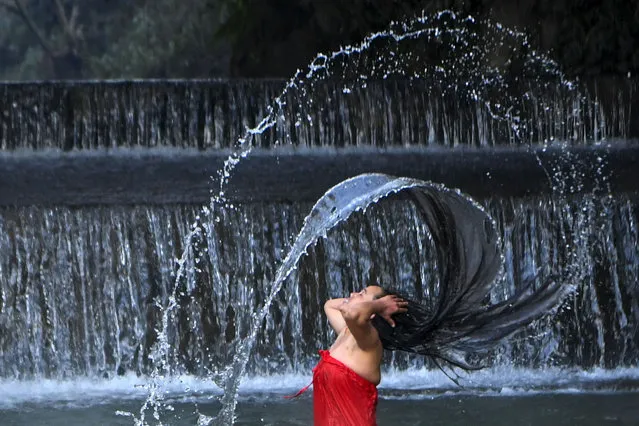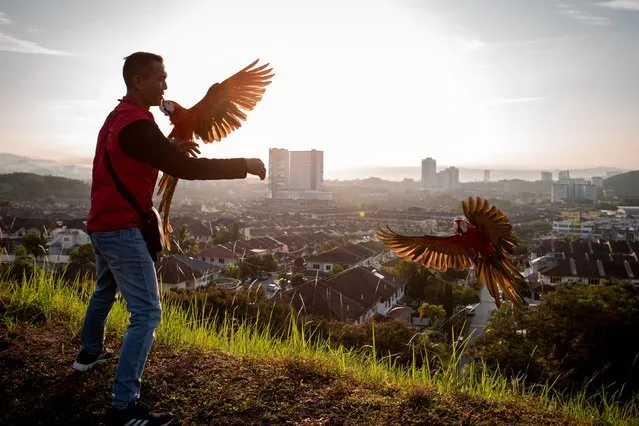
A security man keeps guard during Malawi's President elect Arthur Peter Mutharika swearing in ceremony at Kamuzu Stadium in Blantyre on May 28, 2019, after a contentious election marred by allegations of fraud and vote-rigging. The Malawi Electoral Commission announced on Monday that Mutharika, who heads the ruling Democratic Progressive Party (DPP), had narrowly won last week's vote after an injunction barring the release of the results was lifted. (Photo by Amos Gumulira/AFP Photo)
31 May 2019 00:07:00,post received
0 comments







